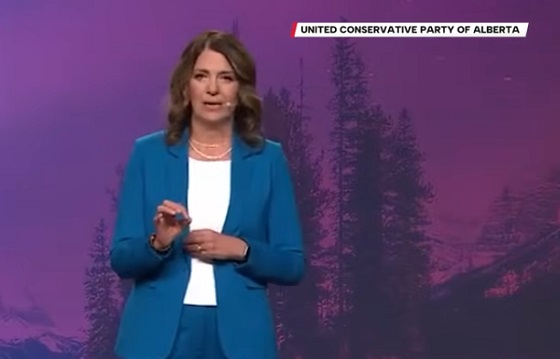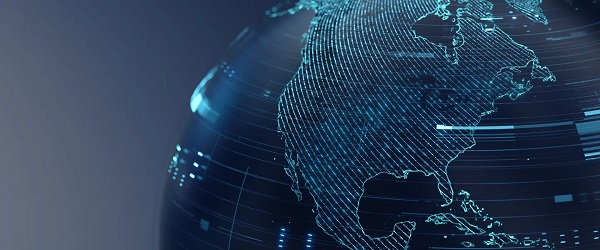Frontier Centre for Public Policy
The post-national cult of diversity promotes authoritarian intolerance
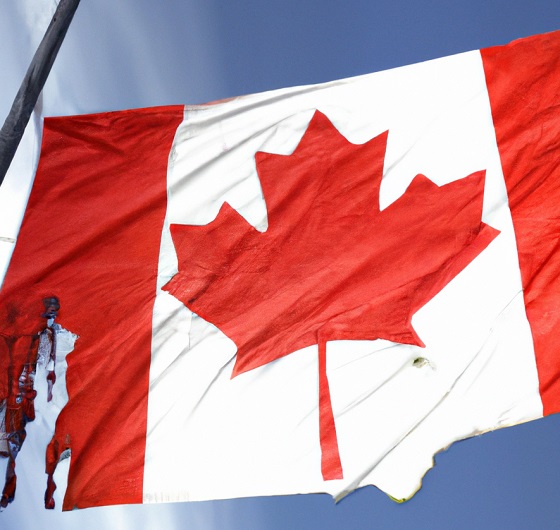
From the Frontier Center for Public Policy
“There is no core identity, no mainstream in Canada. … Those qualities are what make us the first post-national state.” — Justin Trudeau, 2015.
Throughout history, populations with sufficient historical, geographic, linguistic, economic, religious, and cultural attachments have flourished within the borders of unified nation-states.
Few modern nation-states fit a uniform definition. In countries such as Canada and the United States, two or more nations, regions, colonies, and tribes learned to prosper together within a negotiated constitutional order.
Not all nations insist on total sovereignty as a condition of their existence. Former Canadian Prime Minister Stephen Harper acknowledged this when he put forward a parliamentary motion recognizing that the Québécois form a historical “nation” within the united Dominion of Canada.
In 2006, Members of Parliament overwhelmingly supported Mr. Harper’s motion, but it was notable that Justin Trudeau, a rising star in the Liberal Party of Canada, regarded the recognition of a Quebec nation as an “old idea from the 19th century.” He said it was “based on a smallness of thought.”
For the cosmopolitan left, the period between November 2015 and November 2016 was a pivotal moment in history. A U.S. president who had rejected the idea of “American exceptionalism” and a Canadian Prime Minister who said his country had “no core identity” were in perfect accord with a growing cabal of international plutocrats who disapproved of nationalism and looked forward to the emergence of a borderless, new world order.
Globalists were convinced that a higher form of humanity could be achieved through a new trifecta of values known as “diversity, equity, and inclusion.” The only people standing in their way were pesky British Brexiters and Donald J. Trump.
Modern Origins of Anti-Nationalism
The post-modern left has always insisted that patriotism is a precursor to fascism. Since the late 1960s, Western intellectuals have deceptively linked nationalism and patriotism with the cultural values of Nazi Germany. For neo-Marxist intellectuals, affirming the merits of one’s nation is symptomatic of an authoritarian personality.
Following the fall of the Iron Curtain in the late 20th century, “global integration” became an increasingly popular vision among international policy experts. World Economic Forum patricians proposed a superior morality to be guided by a “Great Reset.”
The left insisted that problems such as climate change, inequality, racism, and poverty called for bold solutions. As a result, a “one-world government” paradigm came to occupy the center of academic thought. Universities in North America and Europe routinely advertised for positions in “global governance,” a term that few would have recognized a decade earlier.
The presumed genius of leaders such as Mr. Trudeau and President Obama promised to usher in a new era of diversity and inclusion that would make our world a kinder and gentler place.
The Old Diversity and the New
Over recent years, several scholars have adopted a more skeptical view of the post-national bromides being passed off as “diversity and inclusion.”
For example, University of Kent emeritus professor of sociology Frank Furedi argues that “diversity” is not “a value in and of itself.” He regards the present-day version of diversity as the foundation for a new form of authoritarianism.
In a January Substack article, Mr. Furedi pointed out that the meaning of diversity has been fundamentally altered.
This older form of diversity promised that the cultural freedom of local districts, tribes, races, religions, and immigrant communities could be respected within a justly established legal and constitutional order. It was a model that inspired the loyalty of citizens in modern nation-states such as the United States and Canada.
Post-national diversity means something entirely different. Mr. Furedi argues that “the current version of diversity is abstract and often administratively created. It is frequently imposed from above and affirmed through rules and procedure.”
He goes on to assert: “The artificial character of diversity is demonstrated by its reliance on legal and quasi-legal instruments. There is a veritable army of bureaucrats and inspectors who are assigned the role of enforcing diversity related rules. The unnatural and artificial character of diversity is illustrated by the fact that it must be taught.”
Dogmatic Diversity and the Decline of Freedom
Over the past 75 years, the left has promoted diversity as a remedy for discrimination. By the late 1960s, it had acquired a sacred importance. Mr. Furedi contends that “the main driver of this development was the politicisation of identity.”
He quotes the philosopher Christopher Lasch: “In practice, diversity turns out to legitimise a new dogmatism, in which rival minorities take shelter behind a set of beliefs impervious to rational discussion.”
Unfortunately, Mr. Furedi writes, “diversity has proved to be an enemy of tolerance.”
Radical proponents of diversity and inclusion reject debate and demand conformity. They have no qualms about limiting fundamental liberties, particularly free speech. The totalitarian temptations within this cult are akin to the impulses of an ancient creed or a communist dictatorship. No one is free to disagree, and there is little kindness in a dogma that has become the foundational value for 21st-century authoritarians.
Ten years ago, post-nationalist politicians such as President Obama and Mr. Trudeau found it easy to sell woke elites the same unfounded assumptions they had already acquired in university.
Today, free-thinking common folks are becoming considerably tired of serving the appetites of false prophets.
William Brooks is a Senior Fellow at Frontier Centre For Public Policy. This commentary was first published in The Epoch Times here.
Business
Is Carney Falling Into The Same Fiscal Traps As Trudeau?
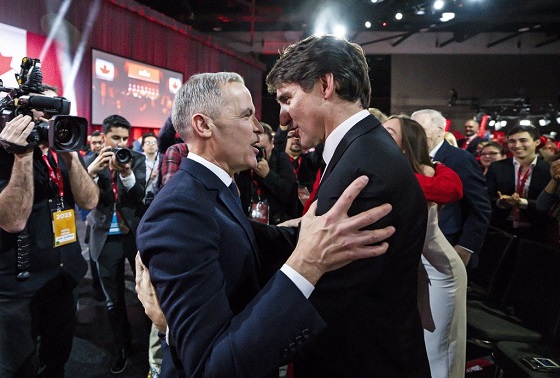
From the Frontier Centre for Public Policy
By Jay Goldberg
Rosy projections, chronic deficits, and opaque budgeting. If nothing changes, Carney’s credibility could collapse under the same weight.
Carney promised a fresh start. His budget makes it look like we’re still stuck with the same old Trudeau playbook
It turns out the Trudeau government really did look at Canada’s economy through rose-coloured glasses. Is the Carney government falling into the same pattern?
New research from the Frontier Centre for Public Policy shows that federal budgets during the Trudeau years “consistently overestimated [Canada’s] fiscal health” when it came to forecasting the state of the nation’s economy and finances over the long term.
In his research, policy analyst Conrad Eder finds that, when looking specifically at projections of where the economy would be four years out, Trudeau-era budgets tended to have forecast errors of four per cent of nominal GDP, or an average of $94.4 billion.
Because budgets were so much more optimistic about long-term growth, they consistently projected that government revenue would grow at a much faster pace. The Trudeau government then made spending commitments, assuming the money would be there. And when the forecasts did not keep up, deficits simply grew.
As Eder writes, “these dramatic discrepancies illustrate how the Trudeau government’s longer-term projections consistently underestimated the persistence of fiscal challenges and overestimated its ability to improve the budgetary balance.”
Eder concludes that politics came into play and influenced how the Trudeau government framed its forecasts. Rather than focusing on the long-term health of Canada’s finances, the Trudeau government was focused on politics. But presenting overly optimistic forecasts has long-term consequences.
“When official projections consistently deviate from actual outcomes, they obscure the scope of deficits, inhibit effective fiscal planning, and mislead policymakers and the public,” Eder writes.
“This disconnect between projected and actual fiscal outcomes undermines the reliability of long-term planning tools and erodes public confidence in the government’s fiscal management.”
The public’s confidence in the Trudeau government’s fiscal management was so low, in fact, that by the end of 2024 the Liberals were polling in the high teens, behind the NDP.
The key to the Liberal Party’s electoral survival became twofold: the “elbows up” rhetoric in response to the Trump administration’s tariffs, and the choice of a new leader who seemed to have significant credibility and was disconnected from the fiscal blunders of the Trudeau years.
Mark Carney was recruited to run for the Liberal leadership as the antidote to Trudeau. His résumé as governor of the Bank of Canada during the Great Recession and his subsequent years leading the Bank of England seemed to offer Canadians the opposite of the fiscal inexperience of the Trudeau years.
These two factors together helped turn around the Liberals’ fortunes and secured the party a fourth straight mandate in April’s elections.
But now Carney has presented a budget of his own, and it too spills a lot of red ink.
This year’s deficit is projected to be a stunning $78.3 billion, and the federal deficit is expected to stay over $50 billion for at least the next four years.
The fiscal picture presented by Finance Minister François-Philippe Champagne was a bleak one.
What remains to be seen is whether the chronic politicking over long-term forecasts that plagued the Trudeau government will continue to be a feature of the Carney regime.
As bad as the deficit figures look now, one has to wonder, given Eder’s research, whether the state of Canada’s finances is even worse than Champagne’s budget lets on.
As Eder says, years of rose-coloured budgeting undermined public trust and misled both policymakers and voters. The question now is whether this approach to the federal budget continues under Carney at the helm.
Budget 2025 significantly revises the economic growth projections found in the 2024 fall economic statement for both 2025 and 2026. However, the forecasts for 2027, 2028 and 2029 were left largely unchanged.
If Eder is right, and the Liberals are overly optimistic when it comes to four-year forecasts, then the 2025 budget should worry Canadians. Why? Because the Carney government did not change the Trudeau government’s 2029 economic projections by even a fraction of a per cent.
In other words, despite the gloomy fiscal numbers found in Budget 2025, the Carney government may still be wearing the same rose-coloured budgeting glasses as the Trudeau government did, at least when it comes to long-range fiscal planning.
If the Carney government wants to have more credibility than the Trudeau government over the long term, it needs to be more transparent about how long-term economic projections are made and be clear about whether the Finance Department’s approach to forecasting has changed with the government. Otherwise, Carney’s fiscal credibility, despite his résumé, may meet the same fate as Trudeau’s.
Jay Goldberg is a fellow with the Frontier Centre for Public Policy.
Censorship Industrial Complex
A Democracy That Can’t Take A Joke Won’t Tolerate Dissent
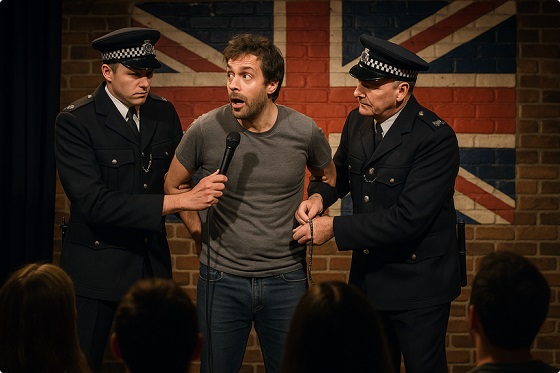
From the Frontier Centre for Public Policy
By Collin May
Targeting comedians is a sign of political insecurity
A democracy that fears its comedians is a democracy in trouble. That truth landed hard when Graham Linehan, the Irish writer behind Father Ted and The IT Crowd, stepped off a plane at Heathrow on Sept. 1, 2025, and was met by five London Metropolitan Police officers ready to arrest him for three posts on X.
Returning to the UK from Arizona, he was taken into custody on the charge of “suspicion of inciting violence”, an allegation levelled with increasing ease in an age wary of offence. His actual “crime” amounted to three posts, the most contentious being a joke about trans-identified men in exclusively female spaces and a suggestion that violated women respond with a swift blow to a very sensitive part of the male’s not-yet-physically-transitioned anatomy.
The reaction to Linehan’s arrest, from J.K. Rowling to a wide array of commentators, was unqualified condemnation. Many wondered whether free speech had become a museum piece in the UK. Asked about the incident, British Prime Minister Keir Starmer defended his country’s reputation for free expression but declined to address the arrest itself.
Canada has faced its own pressures on comedic expression. In 2022, comedian Mike Ward saw a 12-year legal saga end when the Supreme Court of Canada ruled five-to-four that the Quebec Human Rights Commission had no jurisdiction to hear a complaint about comments Ward made regarding a disabled Quebec boy. The ruling confirmed that human rights bodies cannot police artistic expression when no discrimination in services or employment has occurred. In that case, comic licence survived narrowly.
These cases reveal a broader trend. Governments and institutions increasingly frame comedy as a risk rather than a social pressure valve. In an environment fixated on avoiding perceived harm, humour becomes an easy and symbolic target. Linehan’s arrest underscores the fragility of free speech, especially in comedic form, in countries that claim to value democratic openness.
Comedy has long occupied an unusual place in public life. One of its earliest literary appearances is in Homer’s Iliad. A common soldier, Thersites, is ugly, sharp-tongued and irreverent. He speaks with a freedom others will not risk, mocking Agamemnon and voicing the frustrations of rank-and-file soldiers. He represents the instinct to puncture pretension. In this sense, comedy and philosophy share a willingness to speak uncomfortable truths that power prefers to avoid.
Aristotle, in his Poetics, noted that tragedy imitates noble actions and depicts people who are to be taken seriously. Comedy, by contrast, imitates those who appear inferior. Yet this lowly status is precisely what gives comedy its political usefulness. It allows performers to say what respectable voices cannot, revealing hypocrisies that formal discourse leaves untouched.
In the Iliad, Thersites does not escape punishment. Odysseus, striving to restore order, strikes him with Agamemnon’s staff, and the soldiers laugh as Thersites is silenced. The scene captures a familiar dynamic. Comedy can expose authority’s flaws, but authority often responds by asserting its dominance. The details shift across history, but the pattern endures.
Modern democracies are showing similar impatience. Comedy provides a way to question conventions without inviting formal conflict. When governments treat jokes as misconduct, they are not protecting the public from harm. They are signalling discomfort with scrutiny. Confident systems do not fear irreverence; insecure ones do.
The growing targeting of comedians matters because it reflects a shift toward institutions that view dissent, even in comedic form, as a liability. Such an approach narrows the space for open dialogue and misunderstands comedy’s role in democratic life. A society confident in itself tolerates mockery because it trusts its citizens to distinguish humour from harm.
In October, the British Crown Prosecution Service announced it would not pursue charges against Linehan. The London Metropolitan Police Service also said it would stop recording “non-crime hate incidents”, a controversial category used to document allegations of hateful behaviour even when no law has been broken. These reversals are welcome, but they do not erase the deeper unease that allowed the arrest to happen.
Comedy survives, but its environment is shifting. In an era where leaders are quick to adopt moral language while avoiding meaningful accountability, humour becomes more necessary, not less. It remains one of the few public tools capable of exposing the distance between political rhetoric and reality.
The danger is that in places where Agamemnon’s folly, leadership driven by pride and insecurity, takes root, those who speak uncomfortable truths may find themselves facing not symbolic correction but formal sanctions. A democracy that begins by targeting its jesters rarely stops there.
Collin May is a Senior Fellow with the Frontier Centre for Public Policy, a lawyer, and Adjunct Lecturer in Community Health Sciences at the University of Calgary, with degrees in law (Dalhousie University), a Masters in Theological Studies (Harvard) and a Diplome d’etudes approfondies (Ecole des hautes etudes, Paris).
-
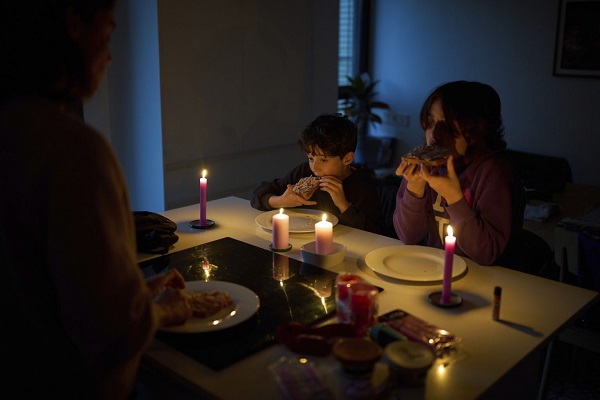
 Energy1 day ago
Energy1 day agoCanada following Europe’s stumble by ignoring energy reality
-

 International15 hours ago
International15 hours agoFBI may have finally nabbed the Jan. 6 pipe bomber
-

 Business1 day ago
Business1 day agoCanada’s climate agenda hit business hard but barely cut emissions
-
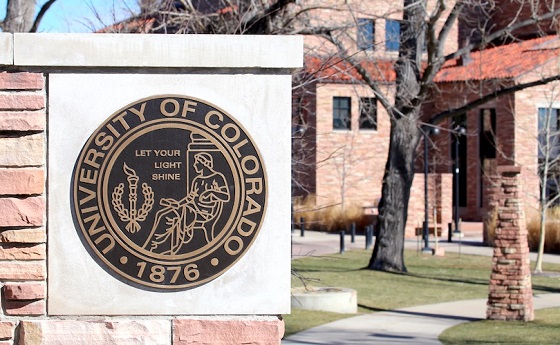
 COVID-199 hours ago
COVID-199 hours agoUniversity of Colorado will pay $10 million to staff, students for trying to force them to take COVID shots
-

 MAiD2 days ago
MAiD2 days agoFrom Exception to Routine. Why Canada’s State-Assisted Suicide Regime Demands a Human-Rights Review
-

 espionage15 hours ago
espionage15 hours agoDigital messages reportedly allege Chinese police targeted dissident who died suspiciously near Vancouver
-

 Business2 days ago
Business2 days agoCarney government should privatize airports—then open airline industry to competition
-
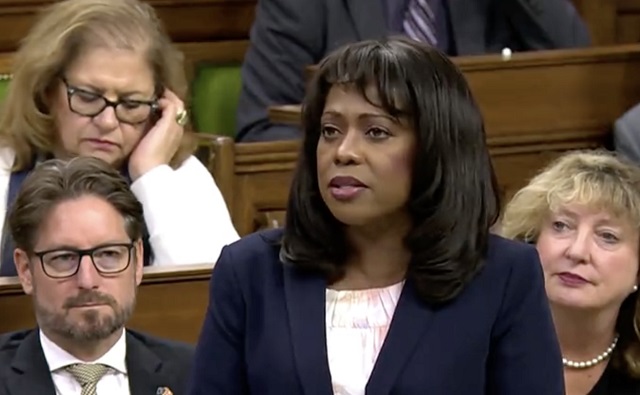
 Censorship Industrial Complex1 day ago
Censorship Industrial Complex1 day agoConservative MP Leslyn Lewis slams Liberal plan targeting religious exemption in hate speech bil


